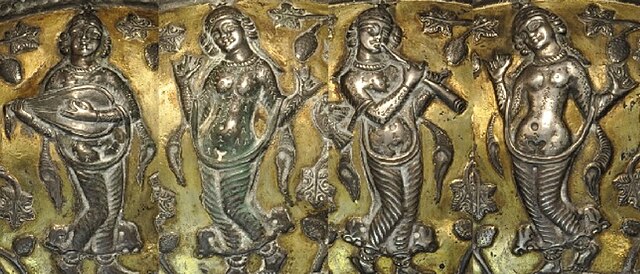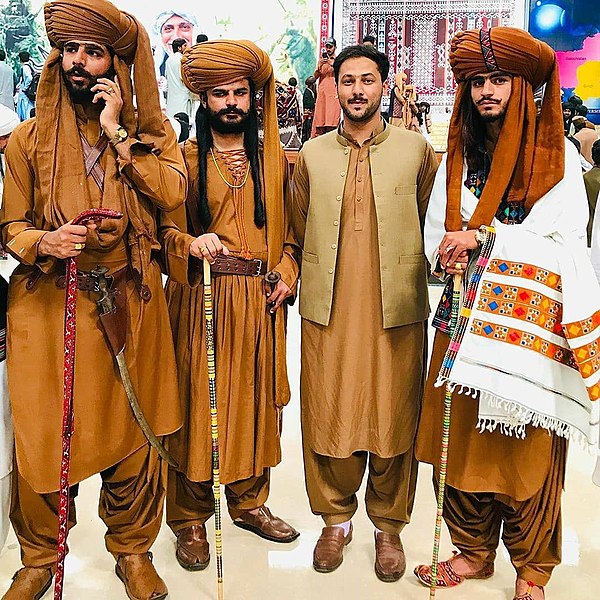Dances in Iran or Iranian dances are dance styles indigenous to Iran. Genres of dance in Iran vary depending on the area, culture, and language of the local people, and can range from sophisticated reconstructions of refined court dances to energetic folk dances. The population of Iran includes many ethnicities, such as Kurds, Azerbaijanis, Arabs, Baluchis, Turkmen, Jews, Armenian, Georgian peoples, in addition to numerous Iranian tribal groups which can be found within the borders of modern-day Iran. Each group, region, and historical epoch has specific dance styles associated with it. Raghs is the Arabic word for dance, and is almost exclusively the word used for dance in Persian, as the Persian word for dance, paykubi, is no longer in common usage. It is also the word in Azerbaijani for dance (Reqs). The Kurdish word for dance is Halperke, and the Lurs from Lorestan use the word Bākhten for dance.

Dancers on a piece of ceramic from Cheshmeh-Ali (Shahr-e-Rey), Iran, 5000 BC now at the Louvre
Seal with a Persian man dancing, Achaemenid period, dated c. 400 BC. Currently housed in the J. Paul Getty Museum in Los Angeles
Dancers and musicians on a Sasanian bowl
17th century Persian women dance in a ceremony in Iran
The Baloch or Baluch are a nomadic, pastoral, ethnic group which speaks the Western Iranic Baloch language and is native to the Balochistan region of South and Western Asia, encompassing the countries of Pakistan, Iran, and Afghanistan. There are also Baloch diaspora communities in neighbouring regions, including in Central Asia, and the Arabian Peninsula.
A group of Baloch men
Palace of the Baloch Emir of Sindh in 1808
Baloch men performing traditional dance.
Baloch-inhabited areas of Pakistan, Afghanistan, and Iran (pink) in 1980








